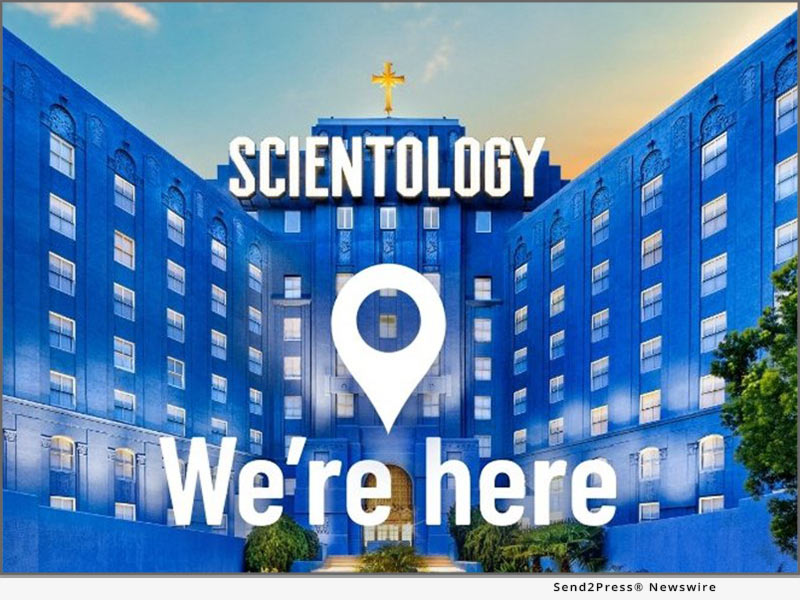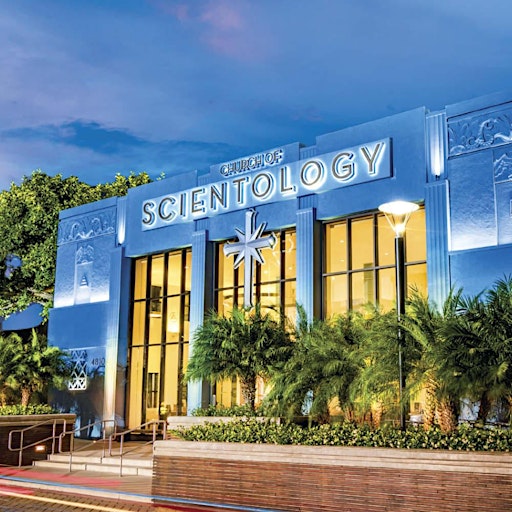The Reality About the Church of Scientology Revealed
The Church of Scientology has long been a topic of both fascination and dispute, with its origins going back to the mid-20th century. Established by science fiction writer L. Ron Hubbard, this spiritual activity has actually gotten significant attention for its special ideas and practices. Beyond the surface area level details that many are acquainted with, there lies a deeper and extra complex internet of disputes, objections, and intricacies that shed light on the inner operations of this organization. As we start to unwind the reality regarding the Church of Scientology, a more clear photo emerges, disclosing a narrative that is as intriguing as it is controversial.
Beginnings and Establishing
The Church of Scientology was established in 1954 by sci-fi writer L. Ron Hubbard. Hubbard originally developed a self-help system called Dianetics, which later on evolved right into what is currently referred to as Scientology. The origins of Scientology trace back to Hubbard's discontentment with typical psychotherapy approaches and his idea in the possibility for people to get rid of previous injuries and attain spiritual enlightenment.
Hubbard's trainings centered around the concept of thetans, never-ceasing souls offer in all people, and the practice of bookkeeping, a kind of therapy focused on discovering and resolving previous traumas (Scientology South Africa). These concepts created the foundation of Scientology, which Hubbard referred to as a religious beliefs that offered a path to self-discovery and personal development
The Church of Scientology rapidly got fans, with Hubbard establishing the first main Church of Scientology in Los Angeles. For many years, the company increased internationally, bring in both dedicated fans and doubters who elevated concerns concerning its techniques and beliefs. Despite debates surrounding its origins and methods, Scientology proceeds to be a substantial spiritual activity with a presence in different nations around the globe.

Beliefs and Practices
With a concentrate on spiritual enlightenment and individual development, Scientology's ideas and techniques revolve around accomplishing and revealing previous injuries self-discovery with the idea of thetans and the practice of auditing. Thetans, according to Scientology teaching, are never-ceasing spiritual beings that exist within each individual. These thetans have actually endured many past lives and have accumulated negative experiences referred to as engrams that impede spiritual development. Through a procedure called bookkeeping, Scientologists goal to address and get rid of these engrams to achieve a state of clear, without the negative results of past trauma.
Auditing entails an one-on-one session between an experienced auditor and a Scientologist. During these sessions, the auditor overviews the individual via a series of inquiries and workouts designed to assist them confront and solve their past injuries. By doing so, Scientologists think they can accomplish spiritual knowledge, enhance individual growth, and reach why not try this out their complete potential as spiritual beings. The technique of auditing is main to the beliefs and methods of Scientology, emphasizing self-discovery and the search of a higher state of presence.
Controversies and Criticisms
Amidst public examination and discussion, the Church of Scientology has dealt with a plethora of objections and conflicts concerning its practices and impact on society. One substantial factor of opinion revolves around the organization's supposed monetary techniques, with complaints of outrageous costs for solutions and aggressive fundraising techniques - Johannesburg North. Doubters have actually additionally raised concerns about the Church's strict hierarchical structure, which some former members assert fosters a society of control and adjustment
Furthermore, the Church of Scientology has been subject to widespread objection for its therapy of participants, consisting of accusations of forced labor, emotional misuse, and the technique of interference, where members are encouraged to sever ties with family and close friends essential of the Church. These practices have led to different legal challenges and investigations in numerous nations, casting a darkness over the Church's online reputation.
In Addition, the Church's hostile legal techniques versus media and movie critics electrical outlets have triggered discussions about freedom of expression and the limits of spiritual protection. These disputes have considerably shaped public understanding of the Church of Scientology and continue to fuel continuous arguments about its authenticity and effect on culture.
Leadership and Framework
Exactly how does the management structure of the Church of Scientology affect its operations and decision-making procedures? The Church of Scientology is understood for its ordered leadership design, which is systematized around the authority of its leader, presently David Miscavige. As the Chairman of the Board of the Religious Modern Technology Center, Miscavige holds substantial power within the organization. This central leadership framework enables fast decision-making and consistent enforcement of plans across the church's different branches look here worldwide.
At the local level, Scientology runs through private churches and goals, each with its own collection of leaders responsible for overseeing operations within their particular locations. These leaders are tasked with carrying out the instructions set forth by the main management while also attending to the specific needs of their churchgoers.
While this ordered structure can improve procedures and make certain adherence look at this website to the church's doctrines, it has likewise run the gauntlet for prospective misuses of power and absence of openness. Understanding the leadership and framework of the Church of Scientology is important in understanding how the company features and the characteristics at play within its ranks.
Influence and Influence
What substantial results does the management framework of the Church of Scientology have on its members and external stakeholders? The hierarchical leadership structure within the Church of Scientology exerts a profound influence on its members and external stakeholders.
On The Surface, the Church of Scientology's management structure can have a polarizing effect on stakeholders. Overall, the management structure of the Church of Scientology plays a substantial duty in forming the experiences and assumptions of both participants and exterior stakeholders.
Final Thought

The Church of Scientology swiftly acquired fans, with Hubbard establishing the initial official Church of Scientology in Los Angeles.Among public examination and discussion, the Church of Scientology has faced a wide variety of criticisms and conflicts regarding its methods and impact on culture.What significant impacts does the leadership structure of the Church of Scientology have on its participants and external stakeholders? The ordered leadership structure within the Church of Scientology applies a profound impact on its members and outside stakeholders. Generally, the management structure of the Church of Scientology plays a considerable duty in forming the experiences and understandings of both participants and external stakeholders.
Comments on “Scientology South Africa: Welcoming Spiritual Development and Personal Growth”